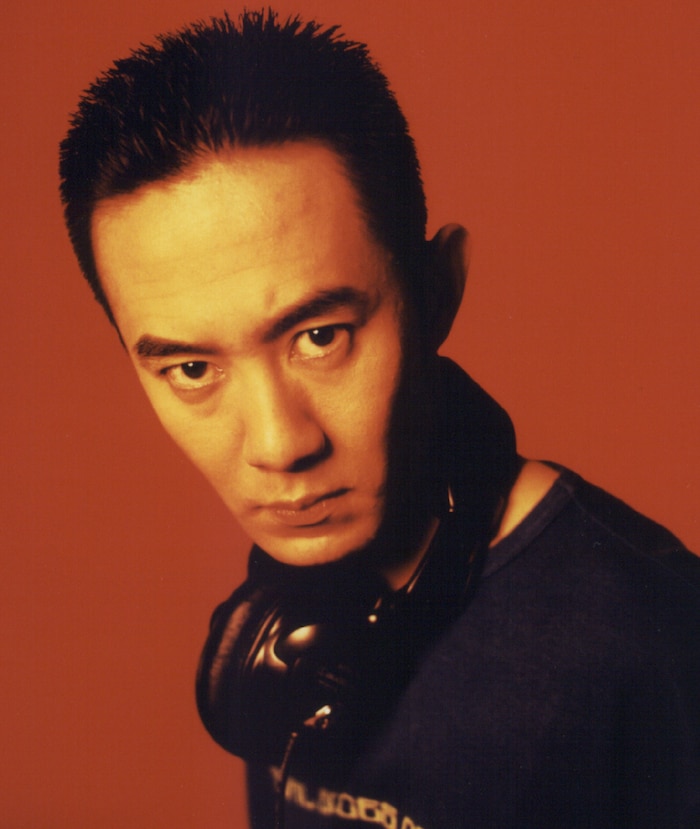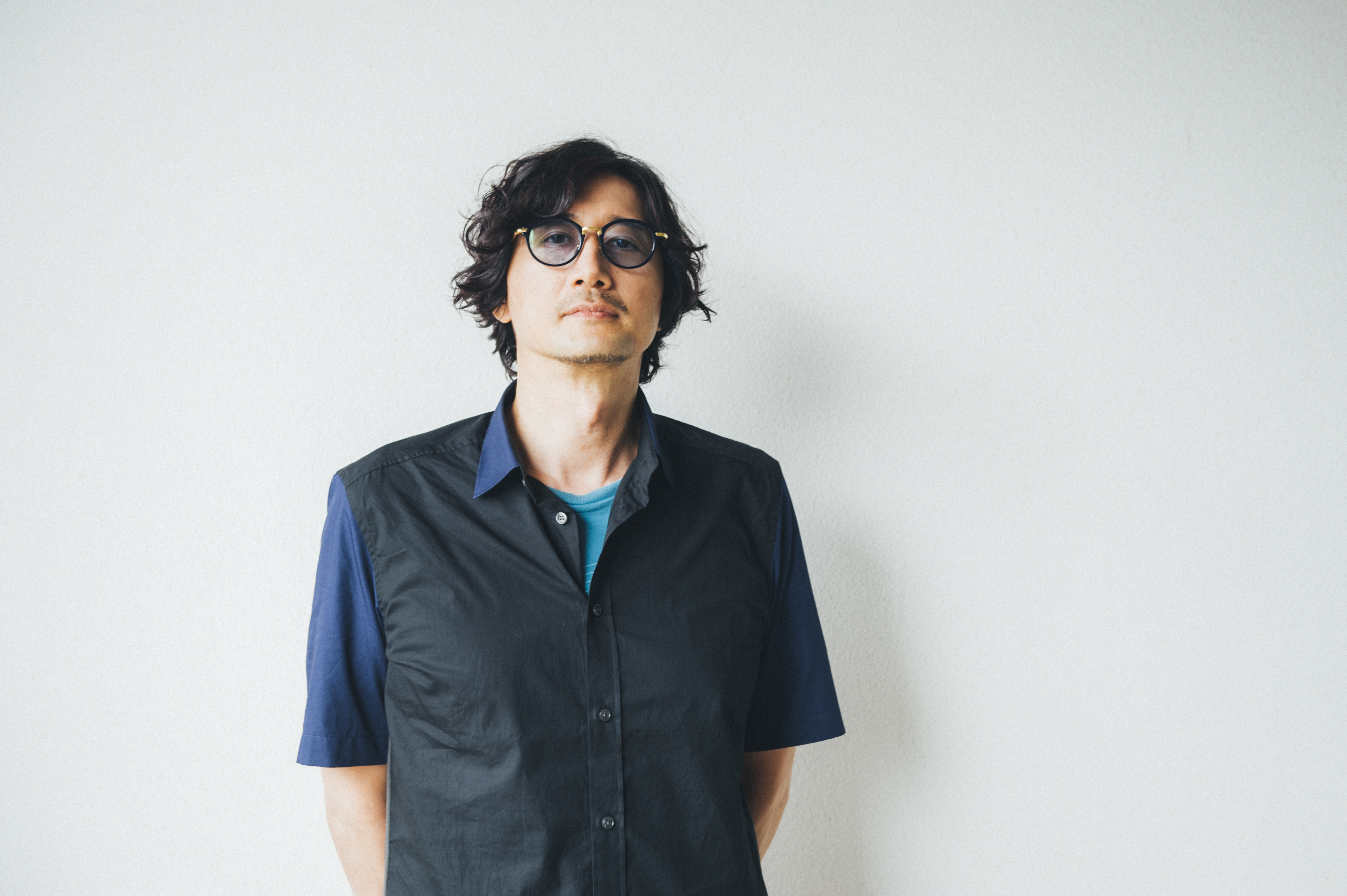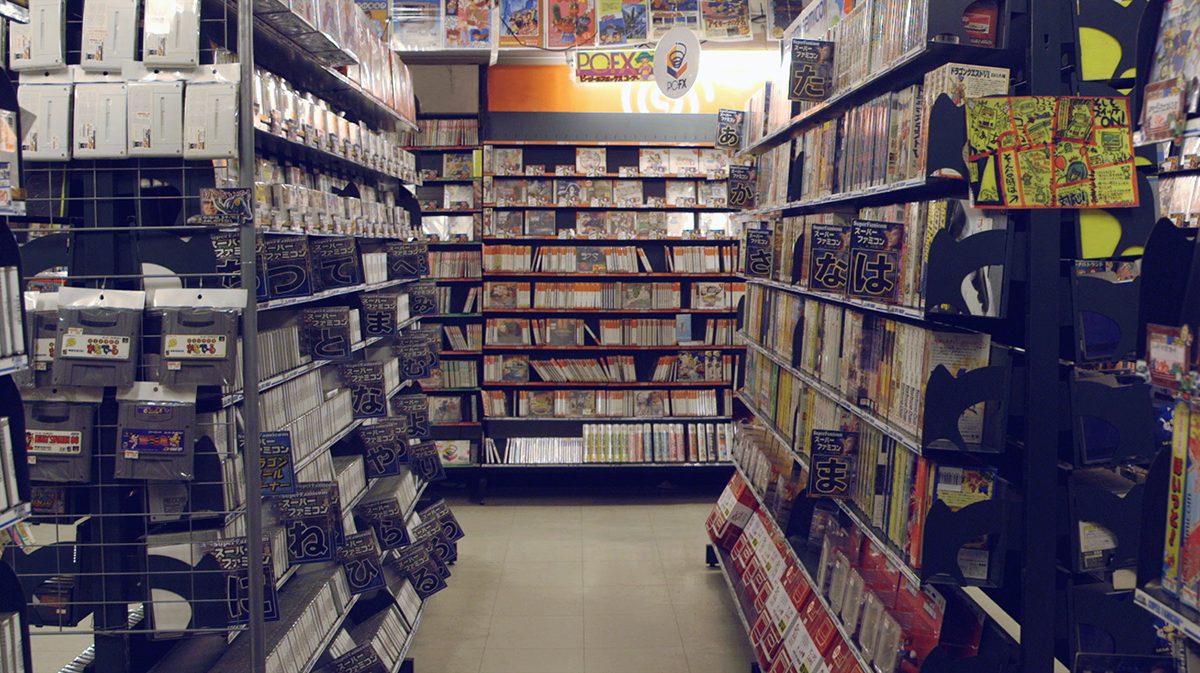Interview: Sizlla Okamura
The composer of Viewpoint on the Neo-Geo discusses being an unwitting innovator
As part of the second season of Diggin’ in the Carts on Red Bull Radio, each episode features host Nick Dwyer interviewing a different Japanese video game composer, delving into their personal biography and contributions to the evolution of video game music. The series so far has included Soichi Terada, Osamu Sato, Motohiro Kawashima and Soshi Hosoi, and this week’s interviewee is Sizlla Okamura.
Okamura got his start working for a company called NMK before going on to compose music for shooting games at a company famous for making them: Jaleco. Okamura’s tunes were like nothing heard in shooting games at the time, and he continued to experiment with the soundtrack for the Neo-Geo game Viewpoint, a title whose music was similarly forward-facing, taking stylistic cues from the contemporaneous explosion of electronic music culture in Japan. In this interview, Okamura reflects on his musical upbringing, how he made happy music for scary games and the possibility that he was the very first composer to utilize phrase sampling in game music.

You were born in Hiroshima but grew up in Kyushu, which is the southernmost main island of Japan. What were your musical influences growing up there?
When I was a kid, the American army was gone from everywhere except for Okinawa, but the club culture was still there: cabaret’s with big bands, jazz bands and so on. Lots of customers went there and they had dance halls. It was a place for adults to socialize, basically. Then there were these Japanese “tatami” rooms, where you could find geisha, where people could have fun. They might have blues and so on playing there, all sorts of different kinds of music, and also Japanese enka, so you just have this huge mix of musical genres. Every day on my way home from school, there was this place where the geisha would practice their shamisen and dancing nearby, so I could hear all of it.
You came to Tokyo at the age of 18. What was it that drew you to the city?
I wanted to do music, be in the music business. At the time that meant you had to head to Tokyo, so that became my goal. Tokyo from the outside just seemed like it had everything. I had no idea what was actually there, though. Nowadays, you can use the internet to find out what Tokyo has and where it’s at, but we didn’t have the internet way back then. We had to get all our info from the TV and monthly magazines. That really helped build my dreams up. I had this idea that if I came to Tokyo, I would have a chance to get into the music business. So I decided to get into university in Tokyo as soon as I could.
In Japan, college students generally have a part-time job while they go to school. By chance, I happened to learn about a job that involved making game music.
You actually studied French Economics in the beginning. What was it that drew you to study that?
At the time, I didn’t like American culture that much. Maybe not so much that I didn’t like it, as that I was more interested in things like European music or African culture. That being the case, I tried to figure out what to do and decided that I would rather study French than English. So I learned French. If I wanted to go to Africa, I would need to learn French. So I was wondering what to do and there was a French school at the university, so I decided to go there.
Were you starting to develop a passion for African music?
The only information we had about Africa in Japan during the 1970s were documentaries. All they showed, though, was the tribal stuff, not the popular culture over there. So it just seemed so mysterious, very exciting and interesting. But in terms of music, it wasn’t until about the 1980s that we could actually listen to the popular music from over there in Japan. That’s when I learned about Papa Wemba, Manu Dibango and all sorts of other African musicians.
Can you remember the first time that you heard video game music and thought, “I want to compose this music?”
I was raised in a tourist locale, so they had a lot of arcades. As a kid, I had a lot of chances to mess around with different game machines. That’s where I became interested in game machines, then I went to college. In Japan, college students generally have a part-time job while they go to school. By chance, I happened to learn about a job that involved making game music. I thought that might a good part-time job, so I applied to the position and luckily enough got the job. Most of my college buddies were doing regular jobs at fast food joints, cram schools and stuff like that, but that wasn’t the opportunity I got.
I have a younger brother, and he was a bit of a rarity at the time in that he owned a PC. He knew more about computers than me, so I kind of learned by watching him. I only played games on his computer, though. As it turns out, I couldn’t program at all. When I applied for that job at the gaming company, they asked me if I knew how to use a computer. I had to use a computer, so I could play games. When they asked if I had experience, I said yes.
So it was 1987, when you started making video game music, and your first title was for Famicom. But pretty soon after that you started making music for shooting games, for a company called Jaleco. You forged a style that was very unique for soundtracks of those kinds of action-oriented games. Can you tell us a bit about your approach for making music, both for games like P-47 and other shooting games at the time?
For starters, we were making a shooting game, so the company came up with the design. As the P-47 in the title suggests, this is a shooting game set in Europe during the Second World War. The reason why it has the subtitle The Freedom Fighter is that we didn’t want a game that celebrated war, but was instead about fighting for freedom. That was the concept of the game, and I didn’t want the concept of the music to be the horrors of war.
When I think about it, it’s a bit strange. It’s a realistic shooting game, but it’s not scary or violent music. It was more about fighting for freedom, exploring what freedom is. Freedom is happy and fun, so that’s the concept. It might not sound like good “battle music” at first listen, but that’s why it ended up the way it is.
During that era when you were making these Jaleco games, what equipment were you working on, and what was the process you’d have to go through to create this music?
Back then there was a PC called MSX. The sound chip of this MSX PC was the same chip that they used in the arcades. I would compose music on the MSX, and there was a Yamaha computer that could actually play back and implement the sound. First, I would make the song on the Yamaha MSX. Then, I would convert it into the programming needed for my work. That was the process. Depending on the designer, I would sometimes get specific orders saying “Do this,” or “Here’s the concept of the music.” Other times, they would just leave it up to me to decide.
I tended to get more of the “We’ll let you handle it” style of projects. Each time I just did things the way I wanted to. I would make something that I liked and felt suited the vision of the game. Sometimes it was techno, or rock, progressive rock, that kind of thing. I wouldn’t categorize things by the genre so much, and just go case-by-case with what was interesting.
What were the challenges and limitations you faced making music for arcade games at that time?
I don’t know if I would call it a problem, but nowadays you can record whatever music you want. Back then, the FM had eight sounds, the PCM had four sounds. I would have to figure out what to use and how to work with this limited tonal palette. It was a bit of a limitation, but we were trying to figure out what we could cram into these limitations, so I wouldn’t call it a difficulty so much as a fun challenge.
There’s a game you worked on called Viewpoint, which came out on the Neo-Geo in 1992. It’s one of the most forward-thinking game soundtracks from a time when no one was really doing that style at all, putting dance music influences into video game music. Tell us about Viewpoint.
At that time, I wasn’t just making game music. I was also active as a DJ and had crossed over into the Japanese club music scene. So the first thing I did was breakbeats, beat-sampling. I thought maybe I could try it with games. This new platform called the Neo-Geo showed up and I felt that I could probably get some beats on it, so I tried and that was that.
When we’re talking about the history of music in Tokyo, there was an explosion of club culture in the capital in the late ’80s and early ’90s. How exciting was it to get swept up in all of that?
At the end of the ’80s, before Yellow opened, there was this huge club called Goal that opened in Shibuya. The DJs from Chicago and New York would come to spin. There were also Japanese DJs that used to spin in New York that came back and became residents. That was kind of where house music really took off in Japan. Then you had Yellow, and that was when house just exploded heading into the ’90s. Every day was a ton of fun back then.
Could you tell us a bit about the technology of the Neo-Geo sound chip? What could it do that previous sound chips couldn’t?
Between the PCM’s for arcade games up to that point and the Neo-Geo’s PCM, there actually isn’t that much difference. The Neo-Geo PCM just had more capacity. It had, like, eight times greater capacity than the others, eight or 16 times more. It was bigger, so you could make longer tracks, and phrase sampling became possible. I’m just not sure if anyone besides me realized it. It’s possible I was the first to do phrase sampling in game music.
Back in the Neo-Geo days, the 1990s, we didn’t have any info coming in from the rest of the world. With Viewpoint in particular, I only learned after the fact that it had a bigger impact overseas than it did in Japan. Sometimes we would develop games specifically for overseas, like for the NES or Genesis, that wouldn’t be released over here in Japan. Once they shipped, we didn’t have any information about them, if they are popular or selling well or so on. We would only hear later, from the person in charge of foreign sales at the company. We really had no idea how the games we made were being received. That’s why it was only until later that I learned Viewpoint was a hit in Europe or North America or Central America.

